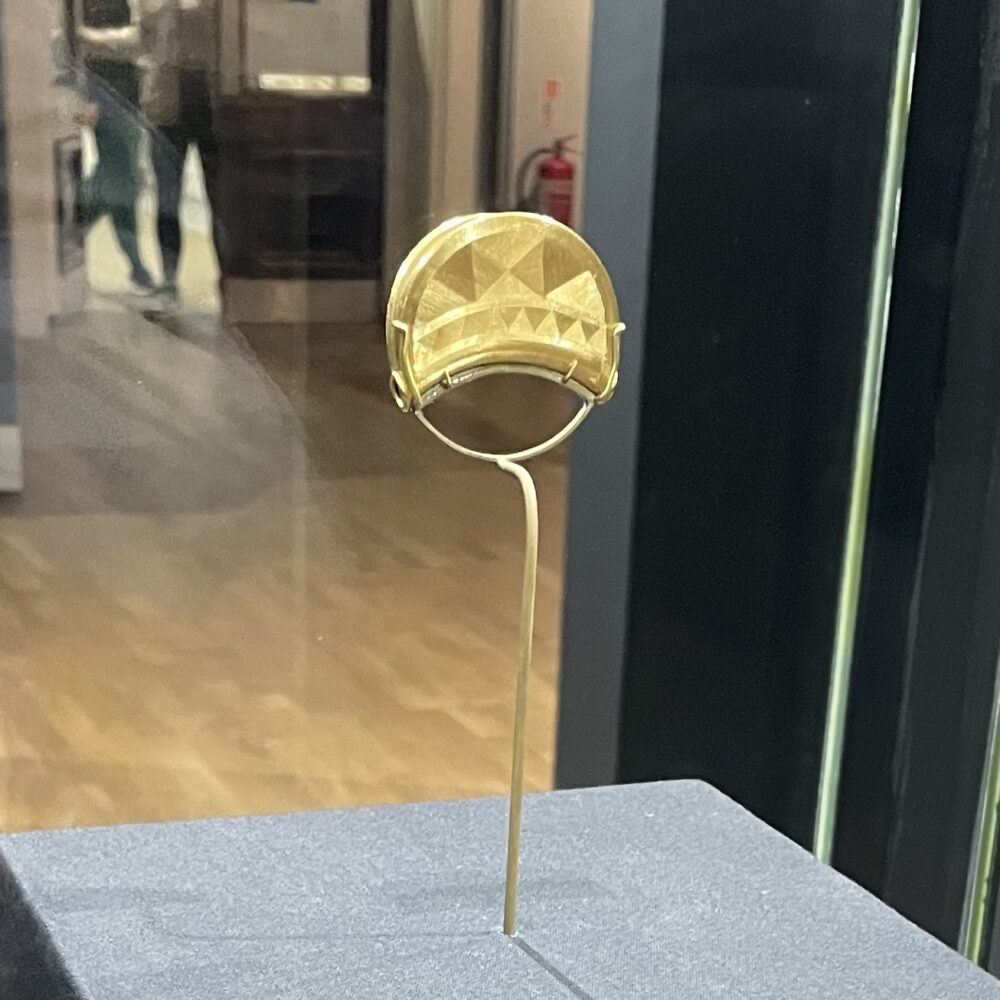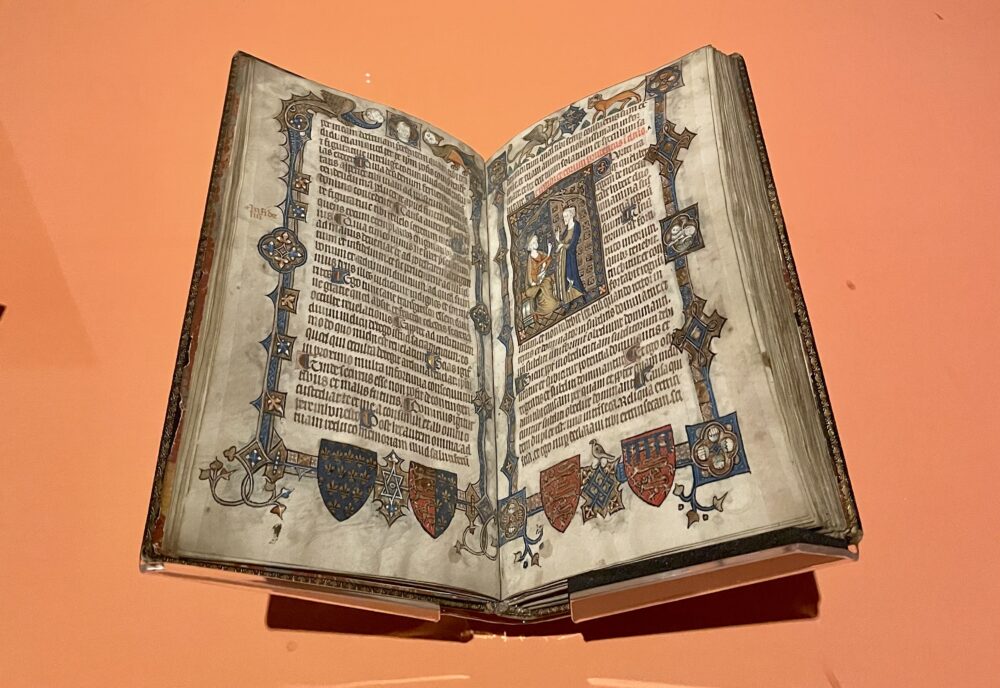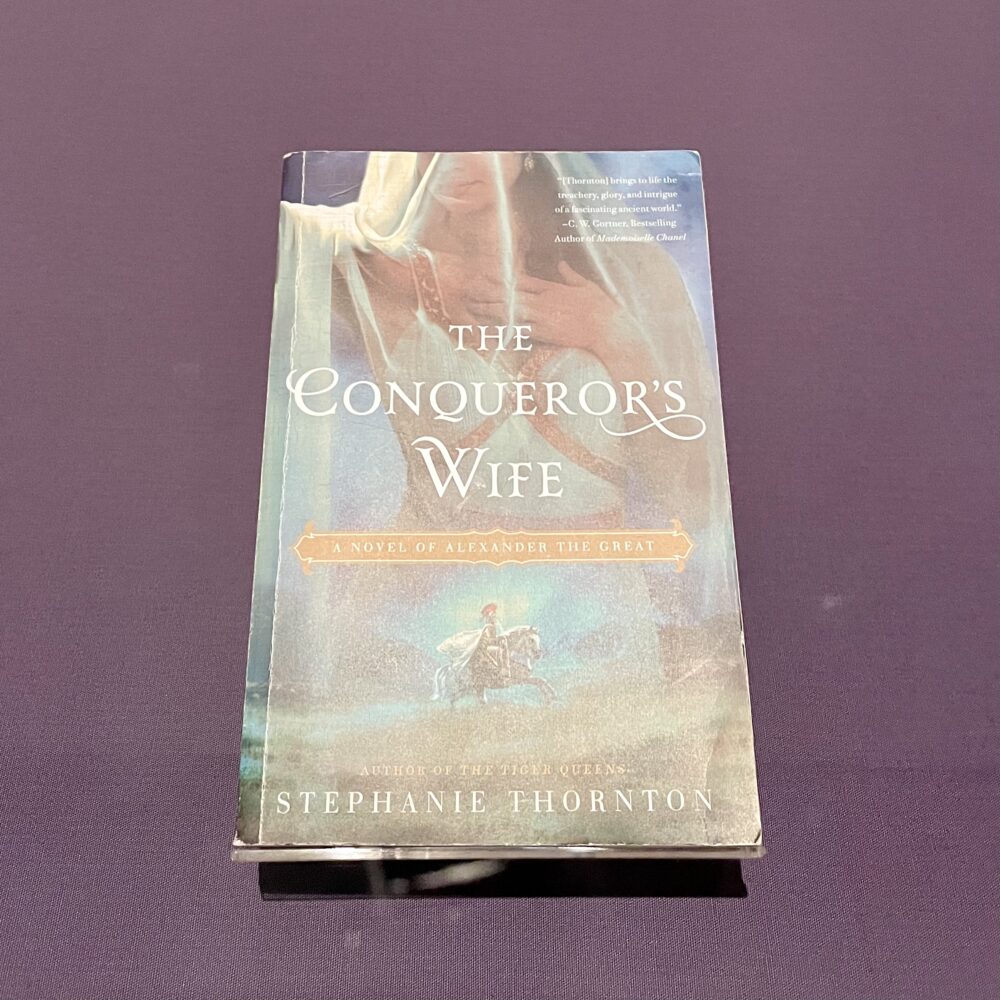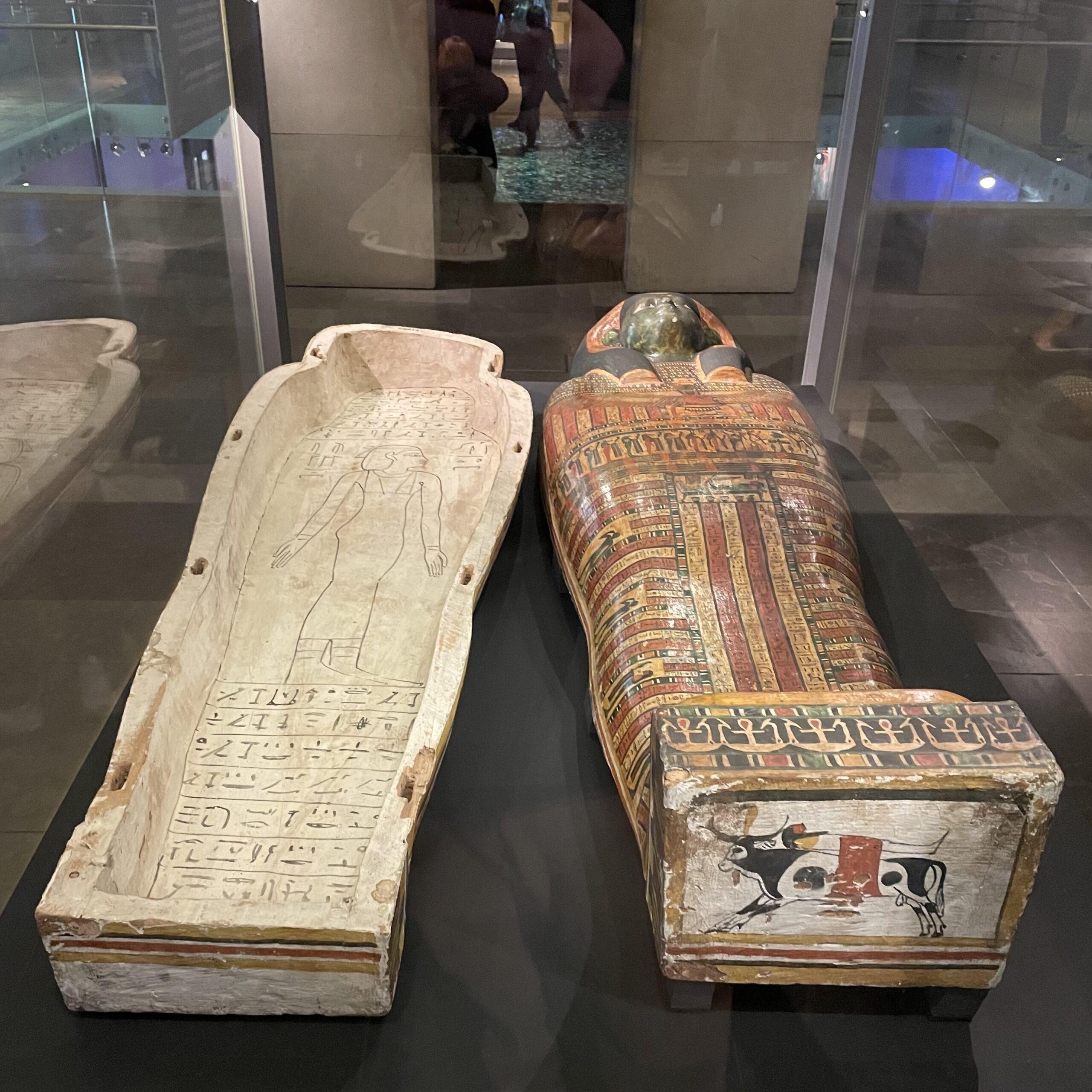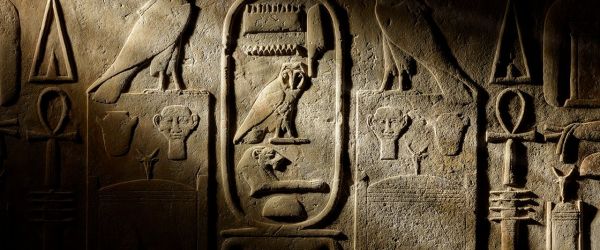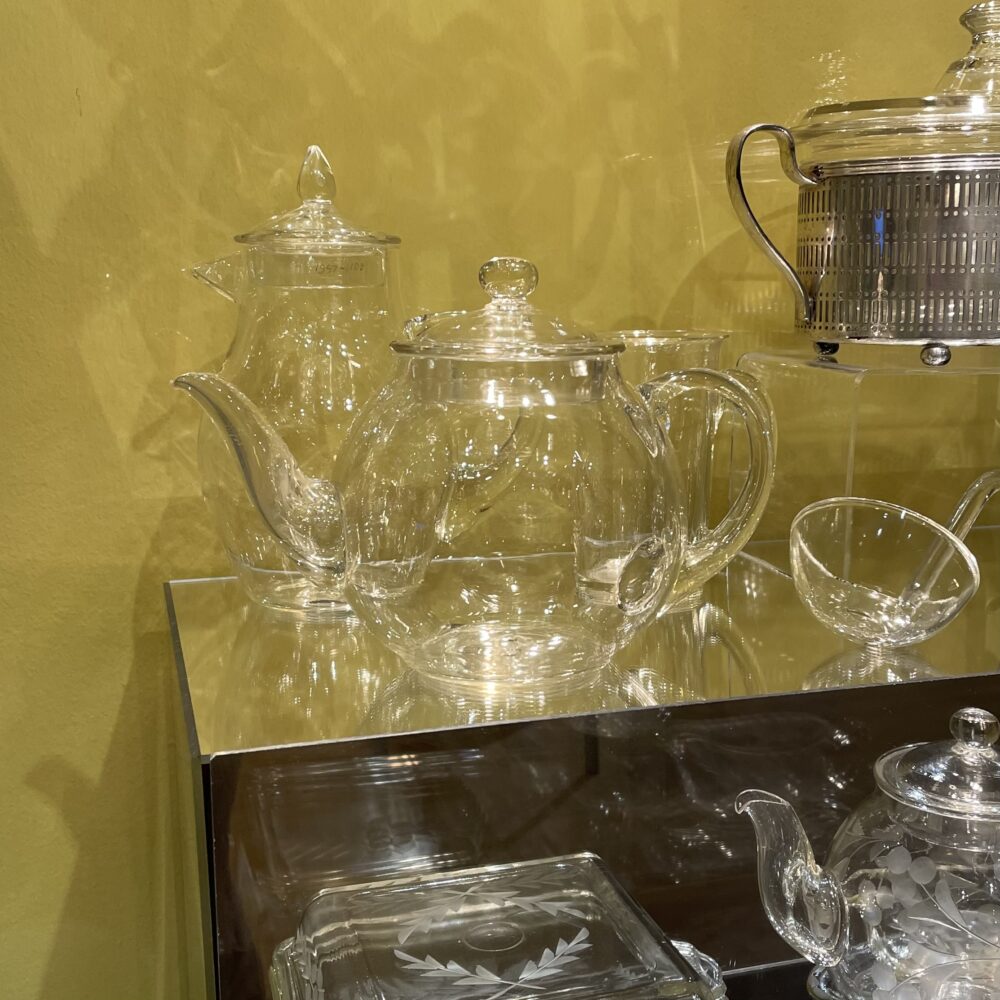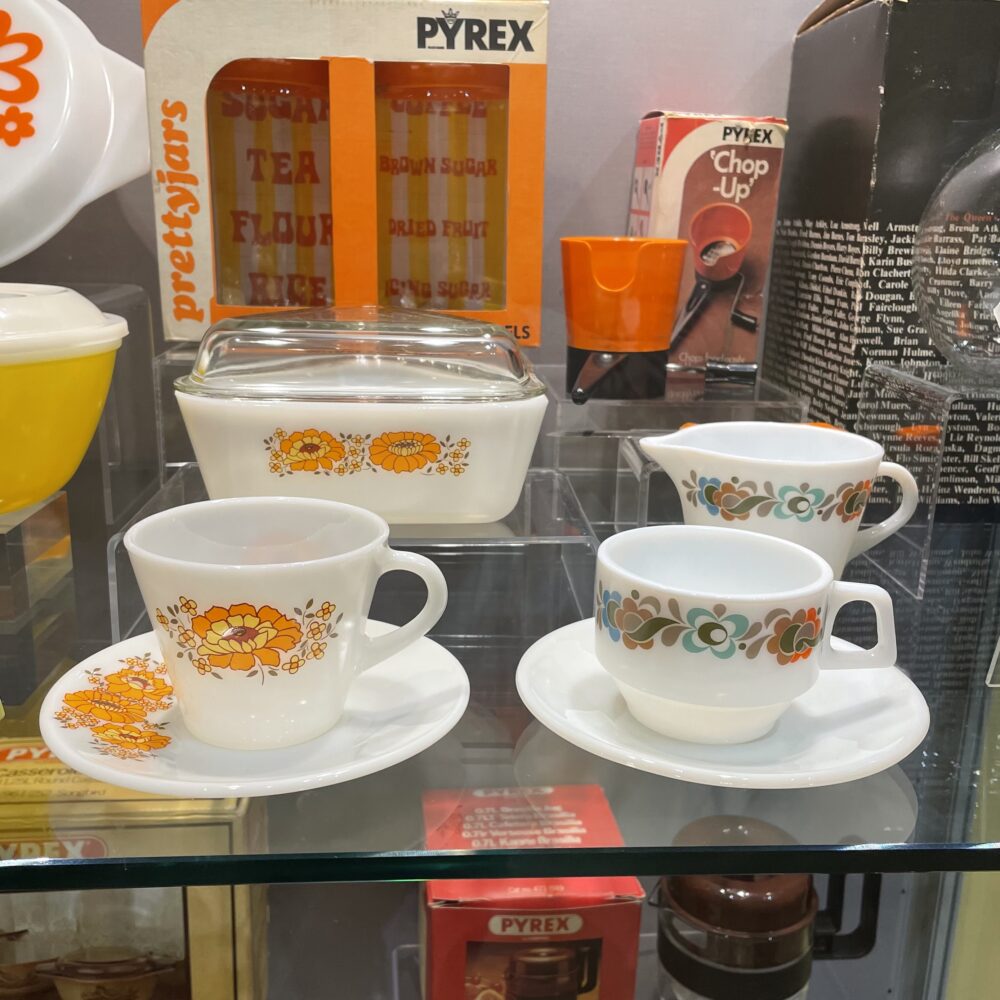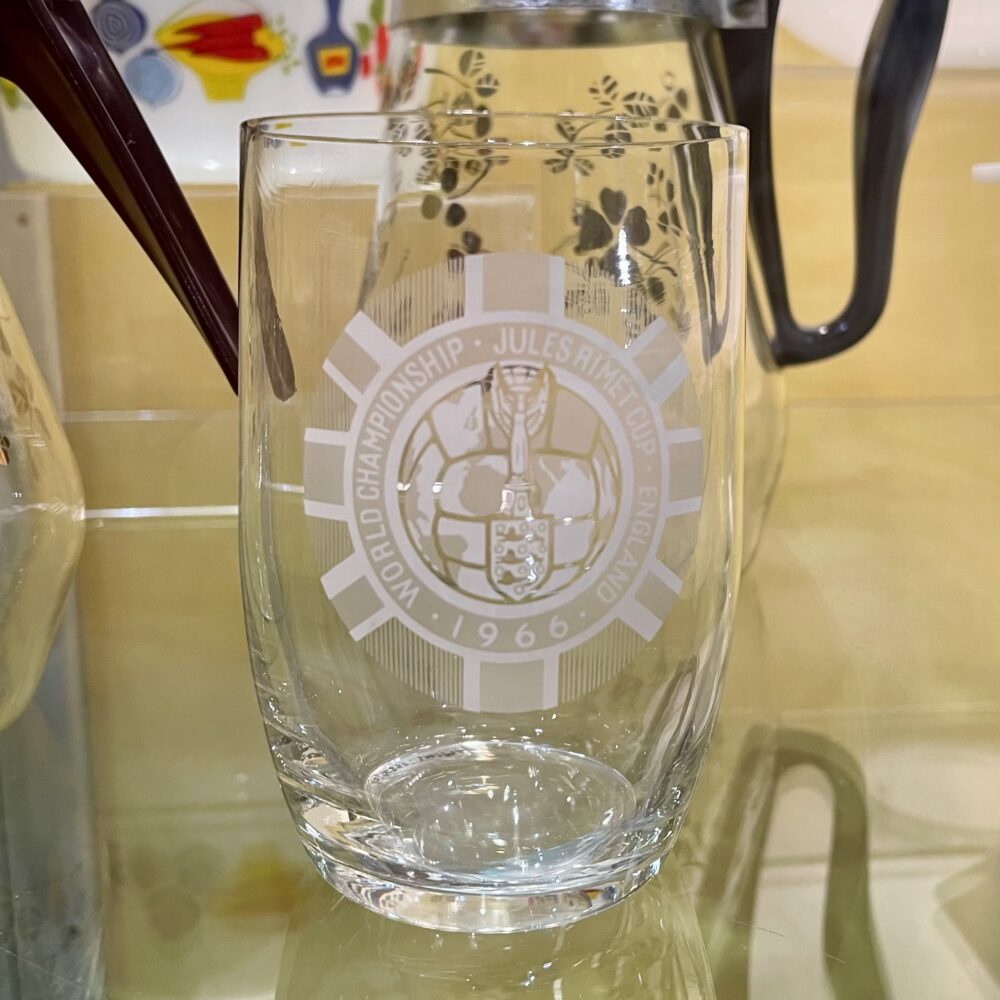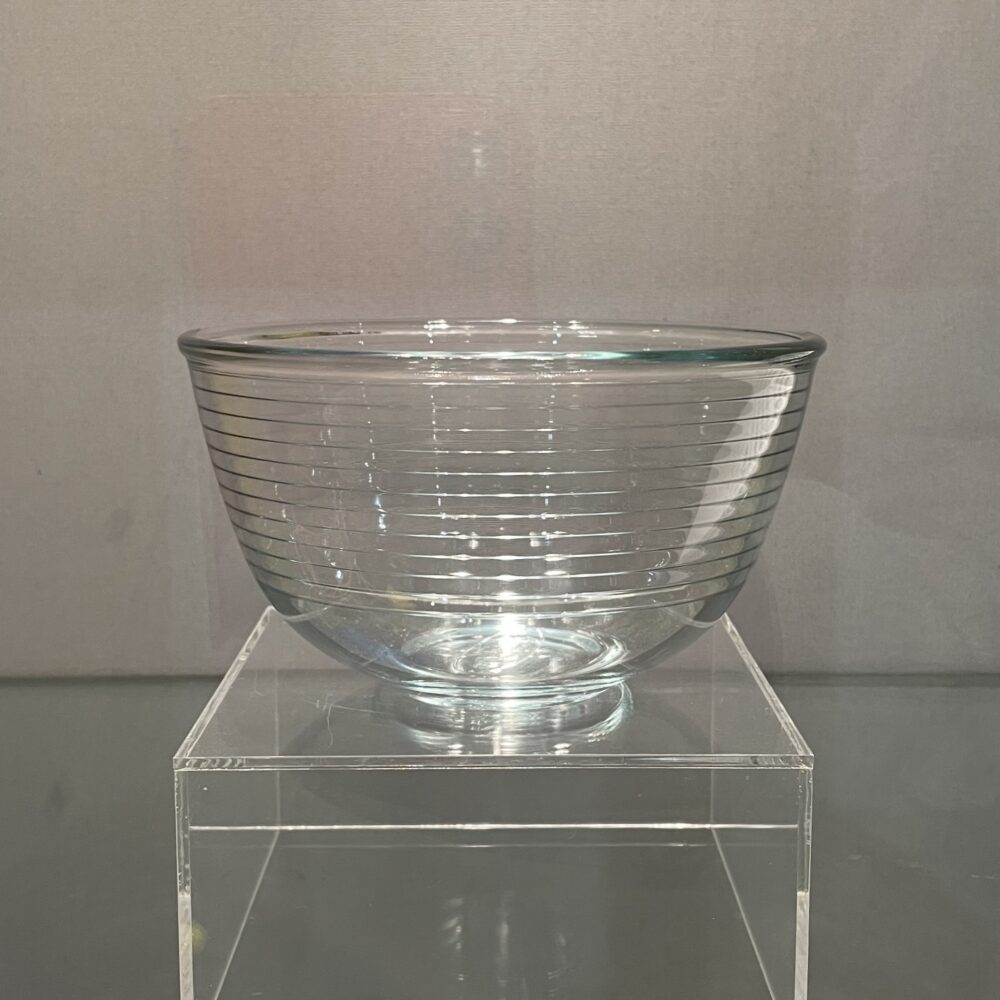‘Gabrielle Chanel: Fashion Manifesto’
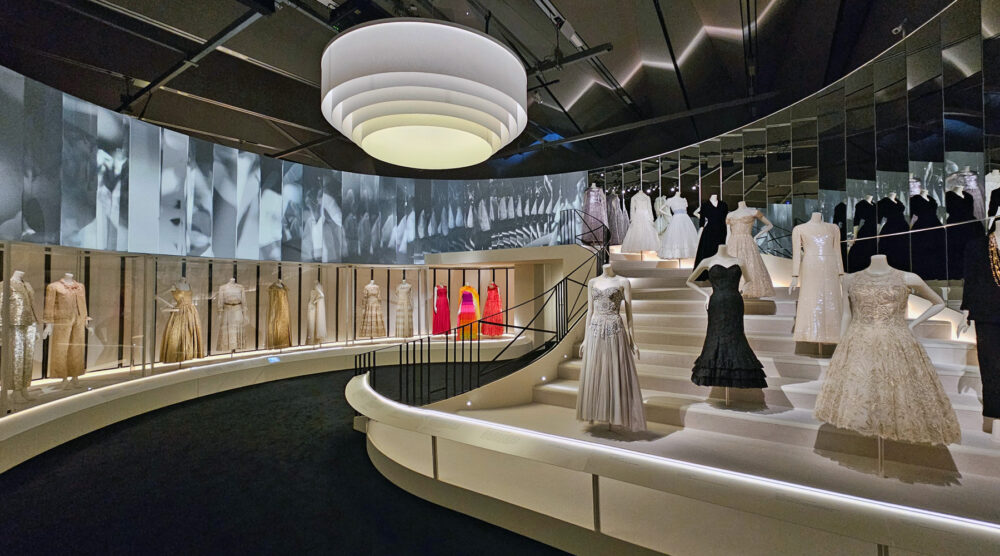
This is another V&A exhibition for which you can chalk my attendance up to having complimentary access. I’ve no particular interest in Chanel, and certainly wouldn’t have paid twenty-odd quid to wander round it. Could it pull off the trick of Diva and reel in even this sceptical visitor? In a word: no.
If you covet Chanel clothing, this is the exhibition for you: hundreds of dresses, suits and more are assembled for you to gawp at. And gawp people did: it’s clear that this is why the vast majority of the crowd had come. The gender balance in the crowd was, shall we say, uneven.
However, if you’re more interested in Coco Chanel as a person, the influences behind her designs, or her creative and professional journey through significant social changes, you’ll likely be disappointed.
I might have felt differently if this were an art gallery exhibition, and I was being invited to contemplate the pieces and draw my own interpretations and conclusions. I’m not that into fashion, so I still doubt it would have moved me, but the lack of analysis would have ranked less than it did in a museum exhibition promising a named designer’s manifesto.

There’s a room in this exhibition with a gracefully curved, back-lit, two-storey display case filled with dozens of Chanel suits. I witnessed people enter this space and gasp, their eyes dazzling. If you’d gasp, you’d probably enjoy this show. If, like me, you’re vaguely baffled that the interpretation panels for so many suits amount to perhaps 100 words in total, leaving you to wonder what the hell you’re supposed to take away from this bit of curation, you probably won’t like it.
I learned that from early in her career, Chanel preferred simple garments that were comfortable to wear, generally featuring white, cream and black—the latter formerly shunned as appropriate only for mourning. And, it seemed to me, she stayed that course for the remainder. She was a visionary genius, we’re constantly told, but we never quite explore why, or where anything besides her core ideas propagated outside her fashion house.
Chanel experimented with different materials now and again, but I didn’t get a sense of progression. She leant her brand to a perfume line, but as this was hived off into its own space in the exhibition, I didn’t really get an appreciation of whether (or how) the progression of that line influenced her fashion, and vice versa. There was a nice hand-written letter from the late Queen in the perfume section, displayed much more prominently than any description of Chanel’s unsuccessful attempt to seize control of the perfume business from its Jewish owner during the mid-century rise in antisemitism. This is surprising, as one might imagine that the latter gives greater insight into Chanel’s character and ‘manifesto’ than the latter.
During the war, Chanel temporarily closed her fashion house, and possibly became a spy, possibly for one side, possibly for the other, possibly for both. ‘We can’t be sure,’ says the exhibition, ‘as she never finished her autobiography.’
It’s hard not to see that sort of thing as a cop-out. Surely, we couldn’t be sure even if she had written an autobiography? Interrogation of secondary sources would be essential, but here we just brush over the whole episode, but ooh, here are some more dresses.
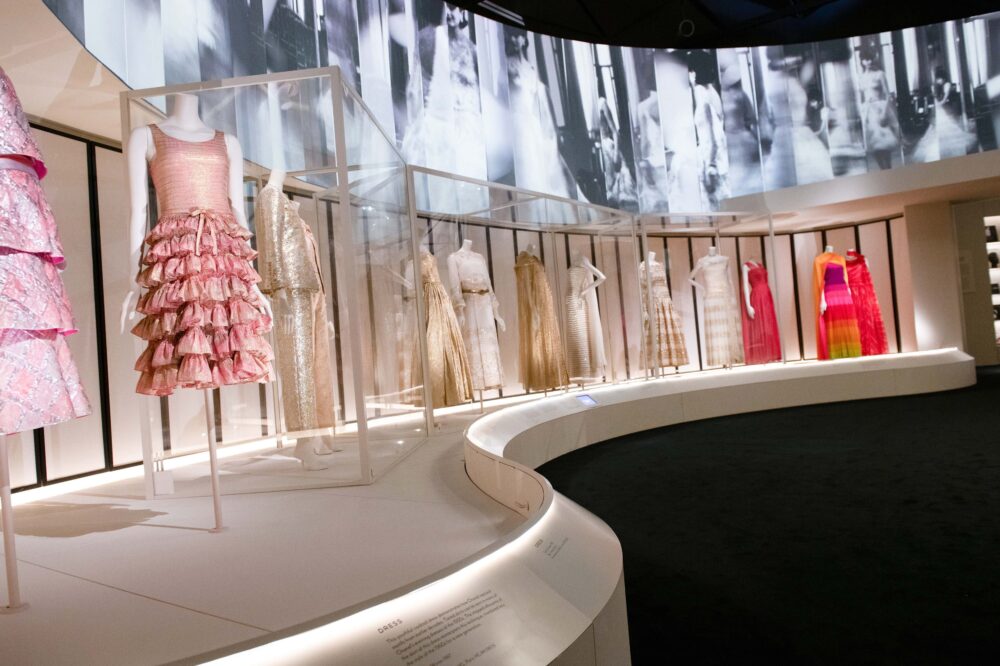
It feels like the exhibition promotes Chanel, the brand. It tells us repeatedly how wonderful Chanel is, inviting us to stand and stare, while minimising the bits of the story that might seem, at best, a bit awkward to modern eyes. It seems to lack critical analysis, offering little dissection of the brand’s projected image versus the reality.
Walking past a large ‘exhibition supported by Chanel’ logo on exiting gave me a sinking feeling. Was the support contingent on the lack of criticism? Is this actually just an advert, rather than merely feeling like one?
And mostly: does something which lacks criticism, lacks analysis, and lacks proper context really belong in a museum?
I’m not sure it does.
Gabrielle Chanel. Fashion Manifesto continues at the V&A until 10 March, but it’s sold out, so you’re too late if you haven’t already got tickets.
This post was filed under: Art, Museums, Travel, Chanel, London, V&A.
